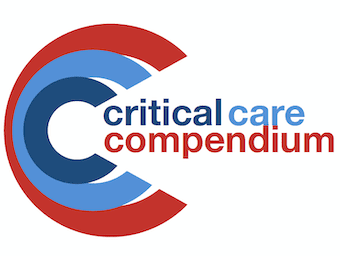
Acute Non-Traumatic Weakness
Acute non-traumatic weakness may occur as a result of a wide variety of underlying etiologies, many of which are life-threatening

Acute non-traumatic weakness may occur as a result of a wide variety of underlying etiologies, many of which are life-threatening

Anti-NMDA Receptor Encephalitis is an under-recognised progressive neurological disorder caused by antibodies against NR1-NR2 NMDA receptors; 60% of patients with anti-NMDA receptor encephalitis have the presence of a tumour (most commonly teratoma)

Aseptic Meningitis = meningeal inflammation with negative bacterial cultures.

Basilar Artery Occlusion: the clinical effects will be dependent on: adequacy of collaterals, integrity of the Circle of Willis and the onset of the occlusion; occlusion at the bifurcation will involve the posterior cerebral artery +/- the superior cerebellar artery

GBS vs Myasthenia Gravis vs MND

Celecoxib: COX II inhibitor; blocks access of arachidonic acid to active site at apex of a hydrophobic channel on COX-2

Botulism: endotoxins from Clostridium botulinum (and other Clostridia) -> prevents the release of Ach -> neuroparalytic disorder; spore forming anaerobes with heat resistant spores found in soil and marine sediment

Brain herniation is the displacement of part of the brain through an opening or across a separating structure into a region that it does not normally occupy.

'The Brainstem Rules of Four' is an approach to the anatomic localization of brainstem lesions developed by Dr Peter Gates

Bulbar Dysfunction in ICU

TYPES Cytotoxic edema Vasogenic edema CT FEATURES OF RAISED ICP References and Links

Delayed Awakening in ICU